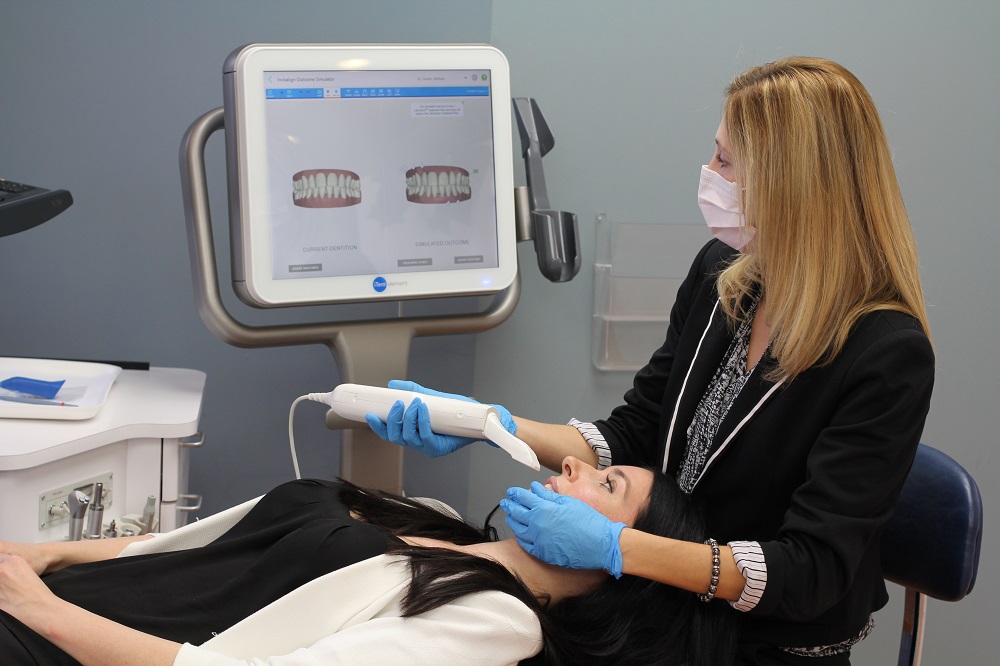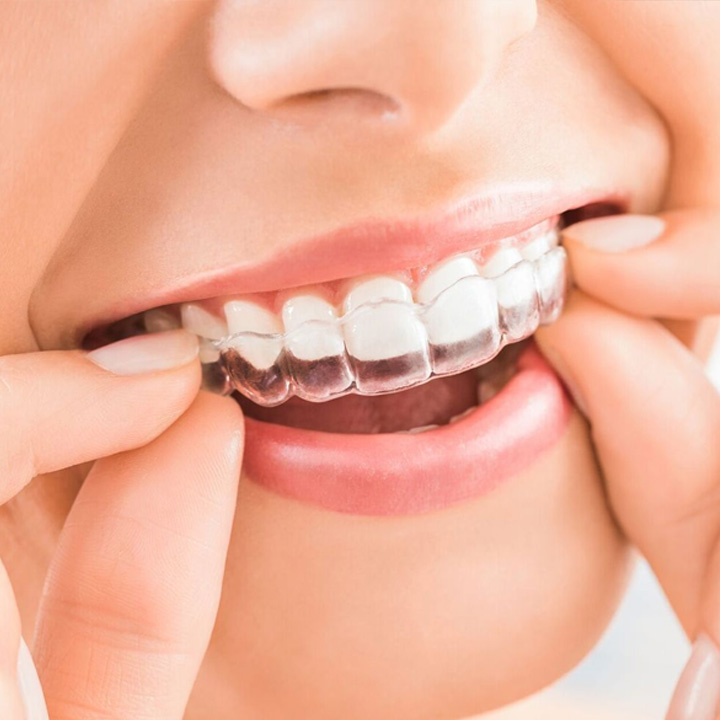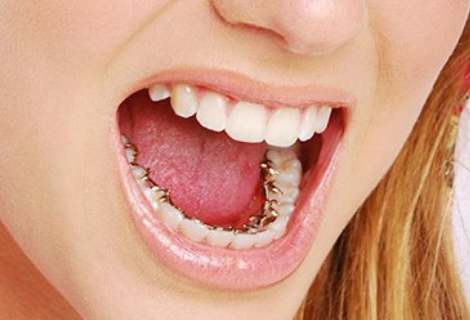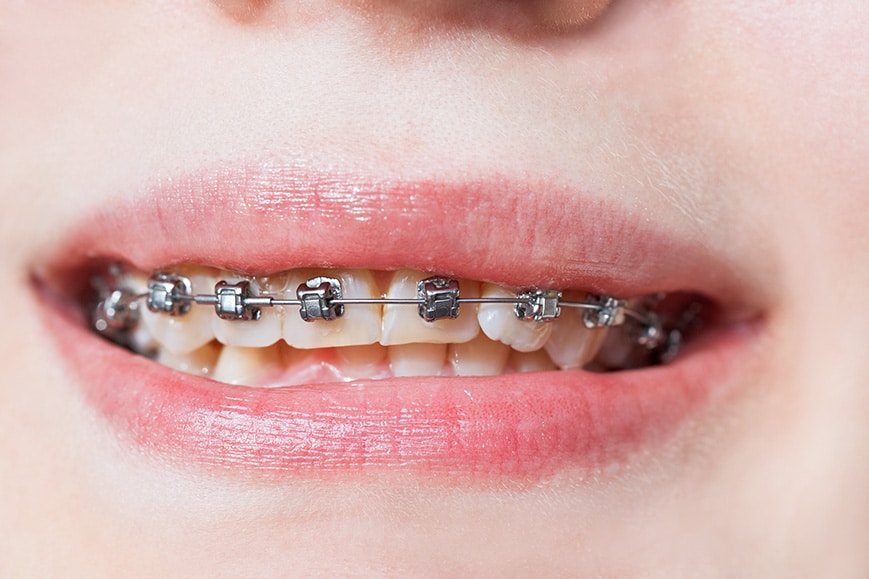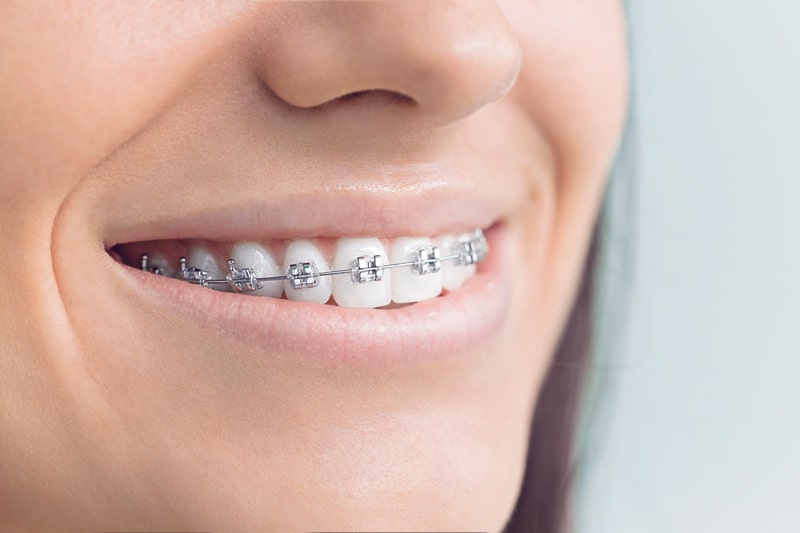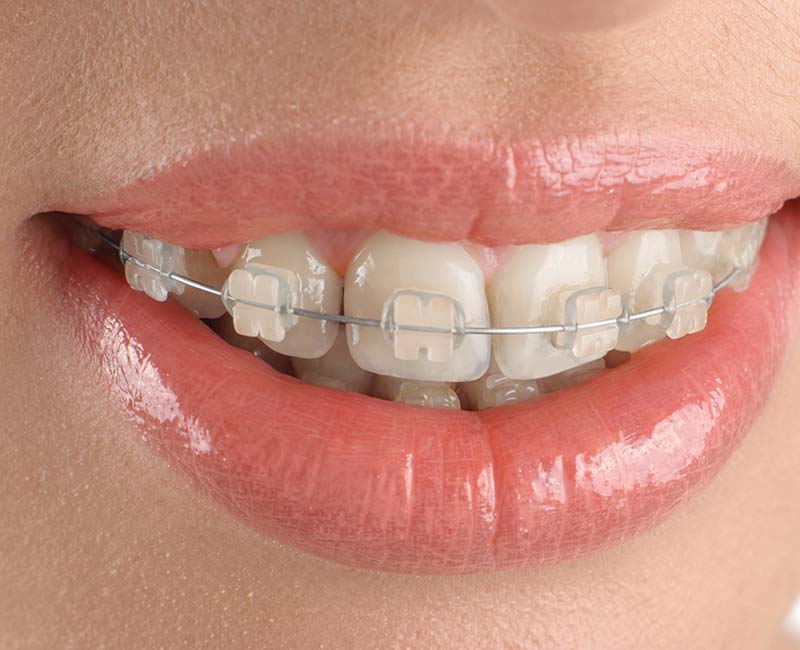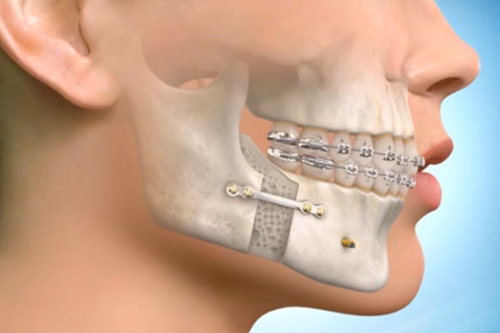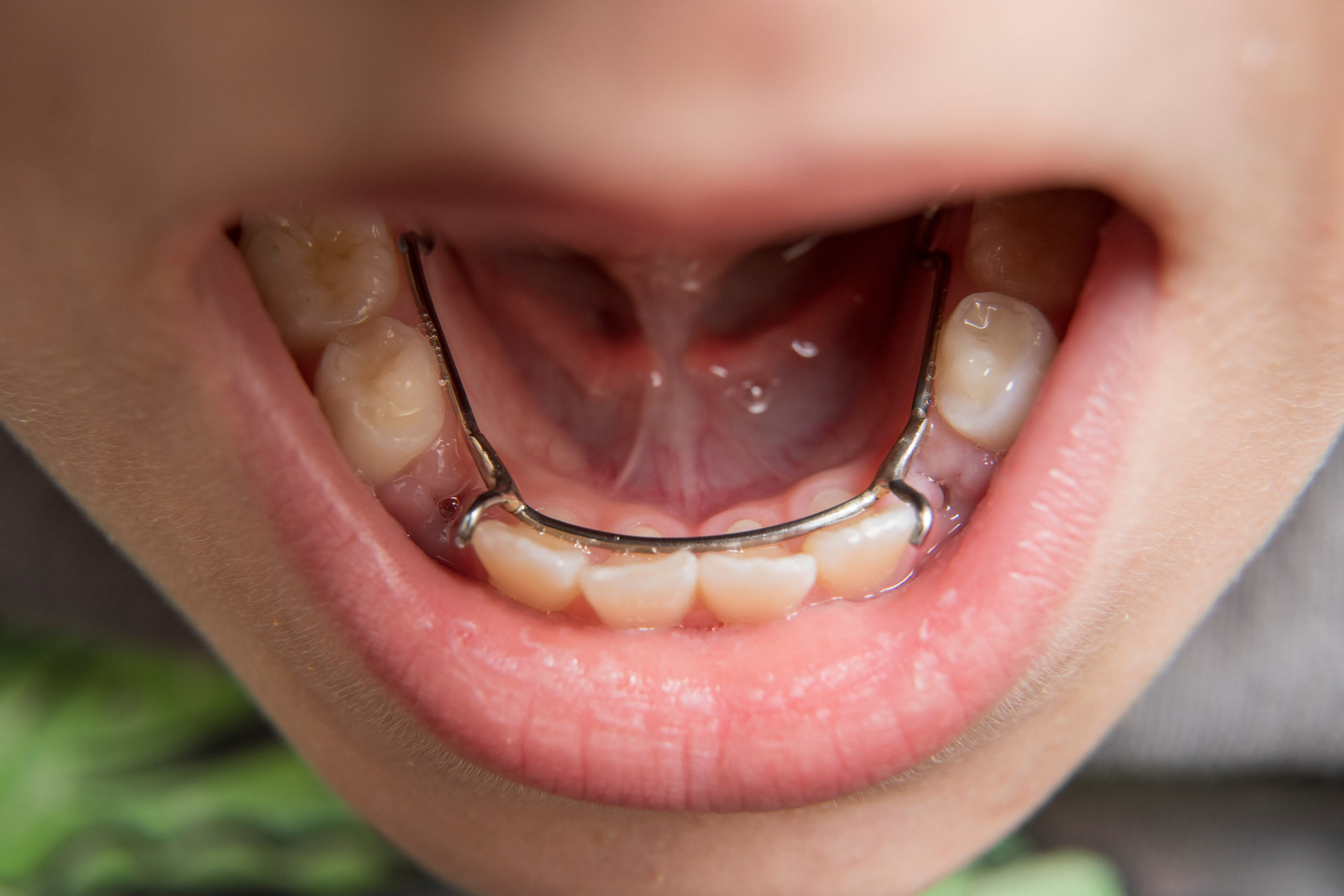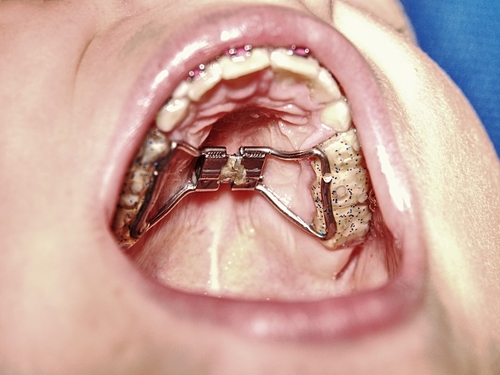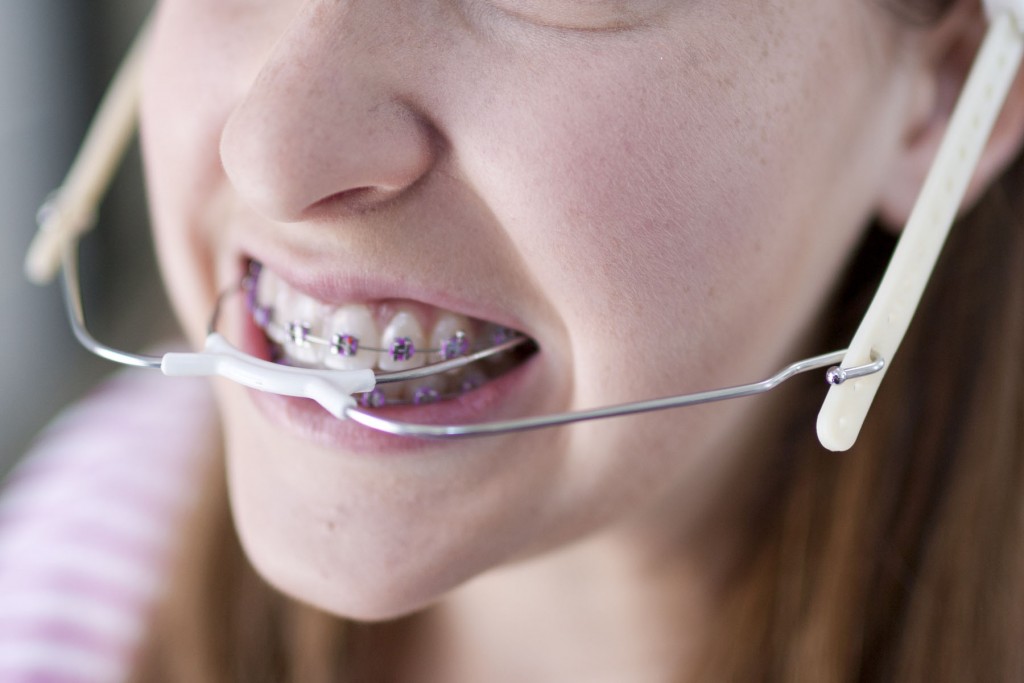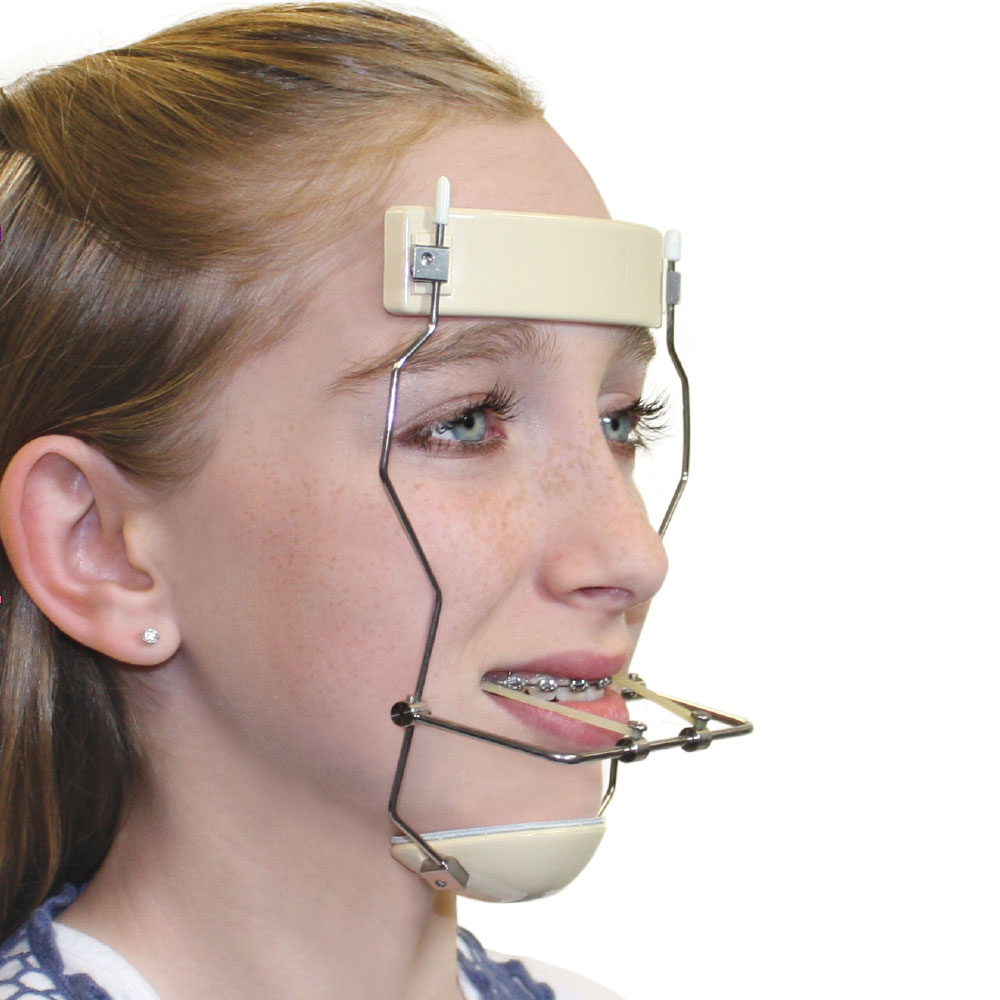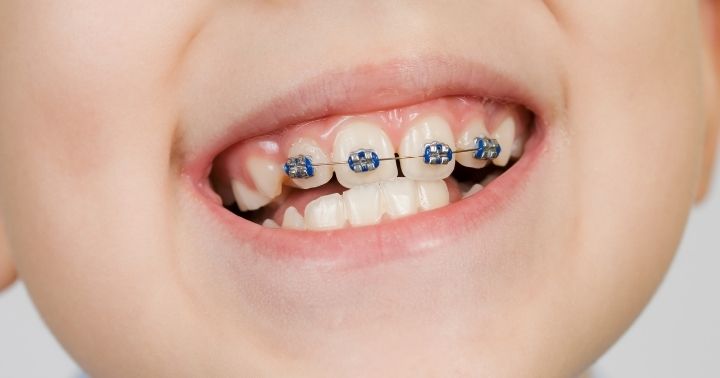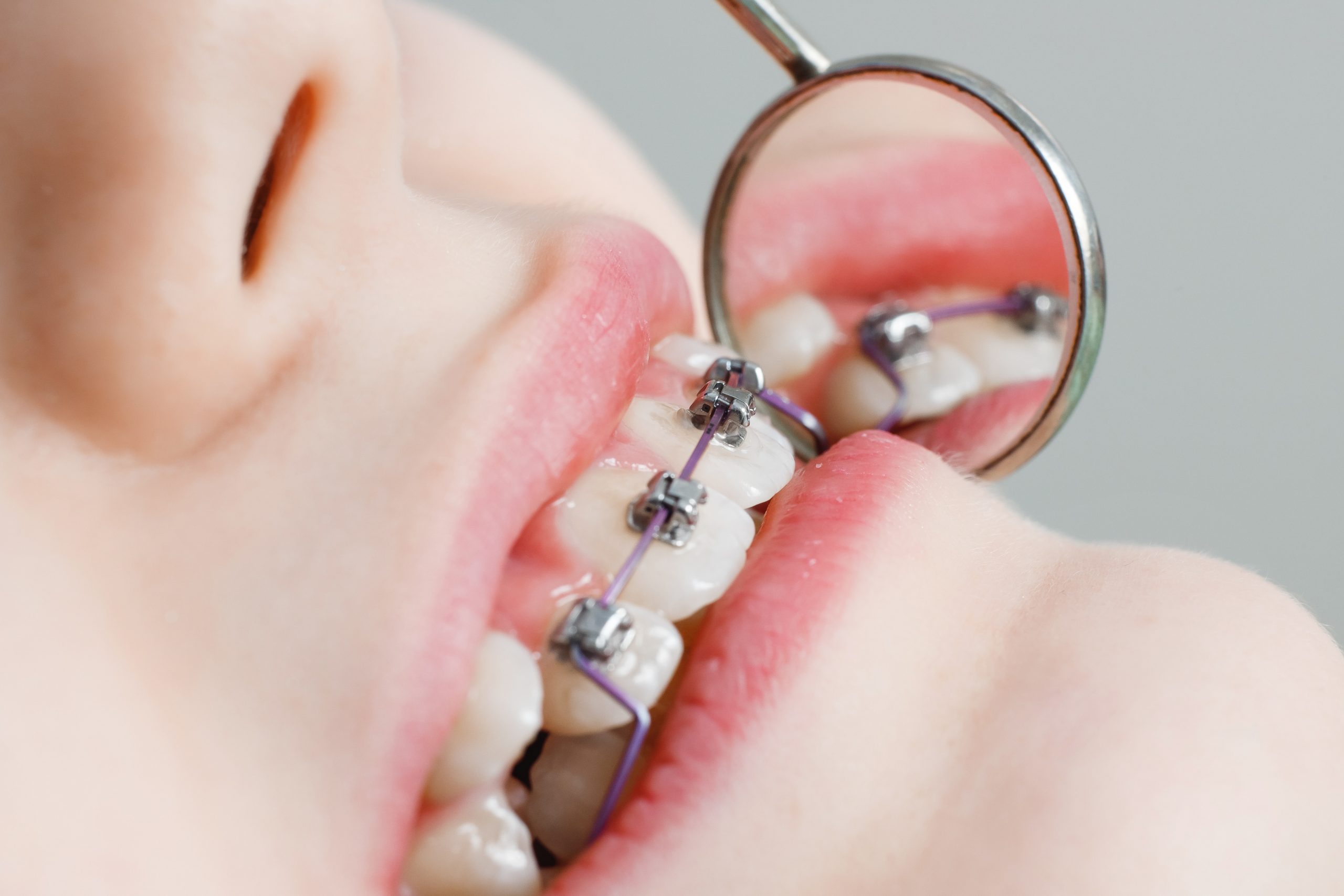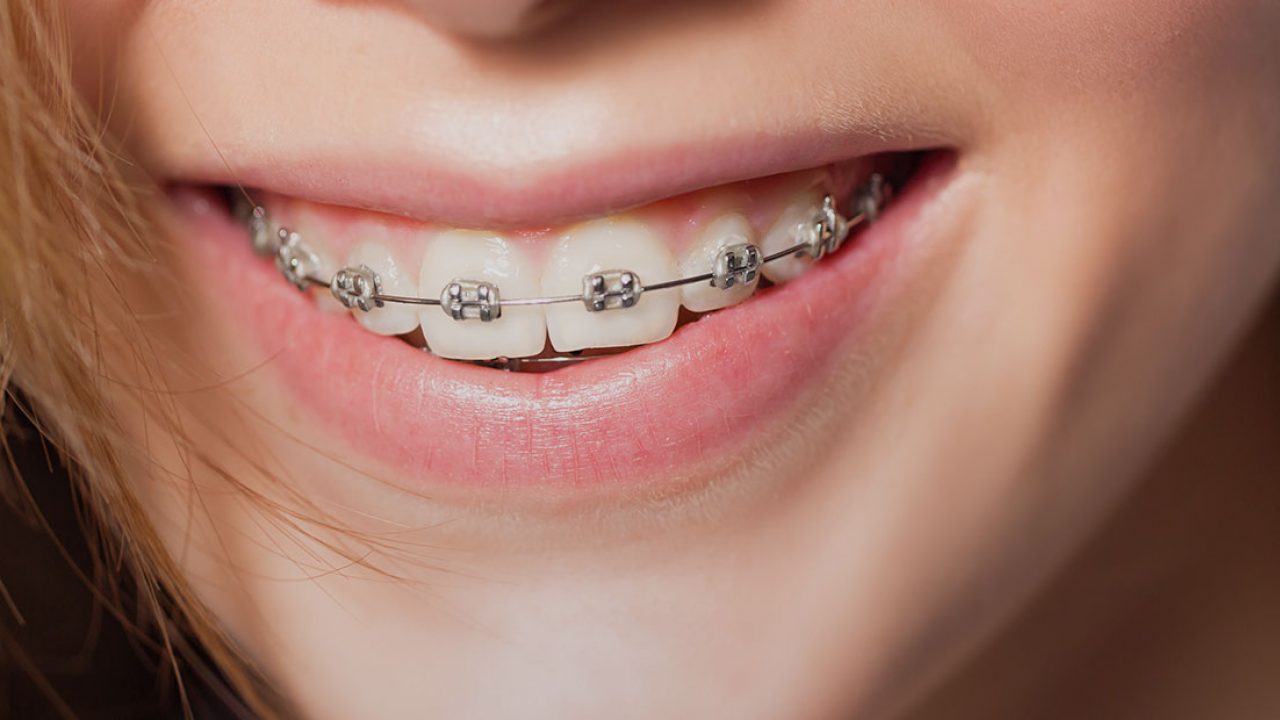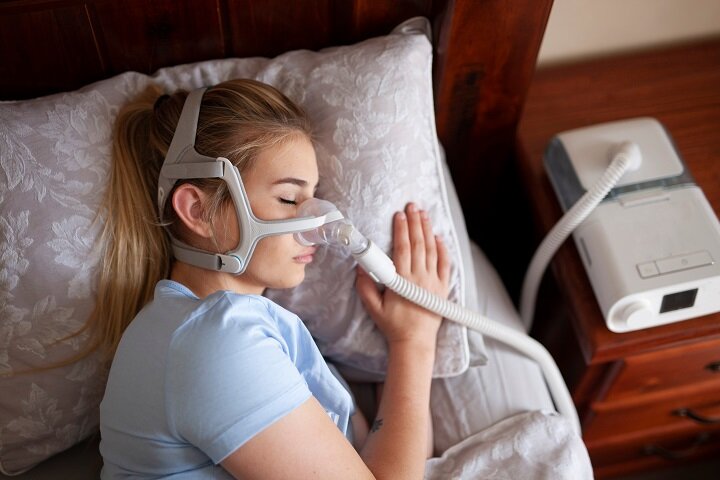Digital scanner used to create 3D models of the teeth for orthodontic treatment planning.
Clear aligner system for orthodontic treatment, providing a nearly invisible and removable option.
Self-ligating braces that use a unique sliding mechanism for faster, more comfortable tooth movement.
Braces placed on the inner side of teeth for a hidden, discreet orthodontic treatment option.
Traditional braces made of metal brackets and wires for effective tooth movement.
Braces made of clear or tooth-colored materials for a more discreet orthodontic treatment option.
Braces made of tooth-colored porcelain material for a more aesthetic orthodontic treatment option.
Corrective jaw surgery to align the jaws and improve facial balance and function.
Orthodontic device used to hold space for permanent teeth to erupt properly.
Orthodontic technique to widen the upper jaw to correct crossbite and crowding.
External orthodontic appliance used to correct bite discrepancies and guide jaw growth.
Early orthodontic intervention for children to correct dental issues before permanent teeth erupt.
Orthodontic procedures to prepare the mouth for dental prosthetics, such as dentures or bridges.
Removable orthodontic appliance used to stabilize the bite and prevent tooth grinding.
Orthodontic system that promises quicker treatment time using triangular brackets and specialized wire.
Elastic bands used to correct bite alignment and jaw relationship between upper and lower teeth.
Dental implants used in orthodontics to provide anchorage for tooth movement.
Orthodontic technique to guide teeth into proper position by applying external force.
Effective sleep apnea appliances: jaw-protruding mandibular advancement devices for improved nighttime breathing.


